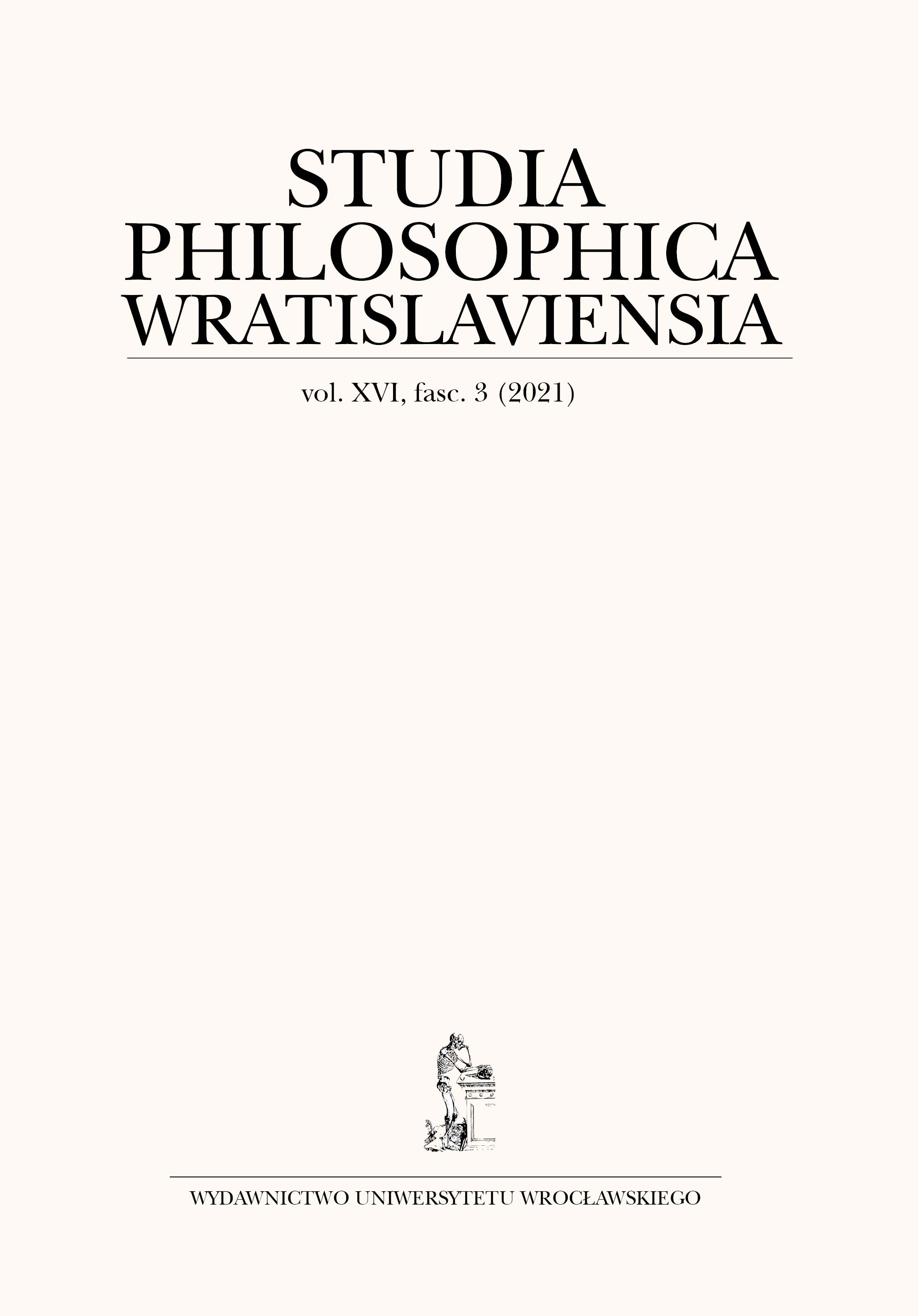

Sympozja

In the book The Structure of Relativistic and Quantum Revolutions in Physics, I presented the anti-Kuhnian and anti-Lakatosian model of scientific revolutions. Following Fleck, I assume that scientists’ ways of perceiving phenomena and thinking about them are conditioned by the thought style acquired in the process of being introduced to the profession. So how could it happen that scientists at the turn of the 19th and 20th centuries began to think differently than they had been taught to think? My answer is that both revolutions were made by three generations of theorists. In the first generation (Maxwell; Boltzmann), the acquired knowledge and new experimental results led to conclusions that made the theoretical system inconsistent. Scientists of the second generation (Lorentz, Larmor, Poincaré; Planck, Einstein, Bohr) tried to apply these new conclusions together with old knowledge, and it was found that it was impossible to do it fully. Nevertheless, they obtained a number of new results. In the third generation (Einstein; Heisenberg, Schrödinger, Dirac and others), new conclusions began to be applied as standalone. If one were to use the Lakatosian language, some fragments of the protective belt of the old research program broke off as the cores of the new programs. In this article, I answer the objections that several outstanding philosophers of science have made against my model.